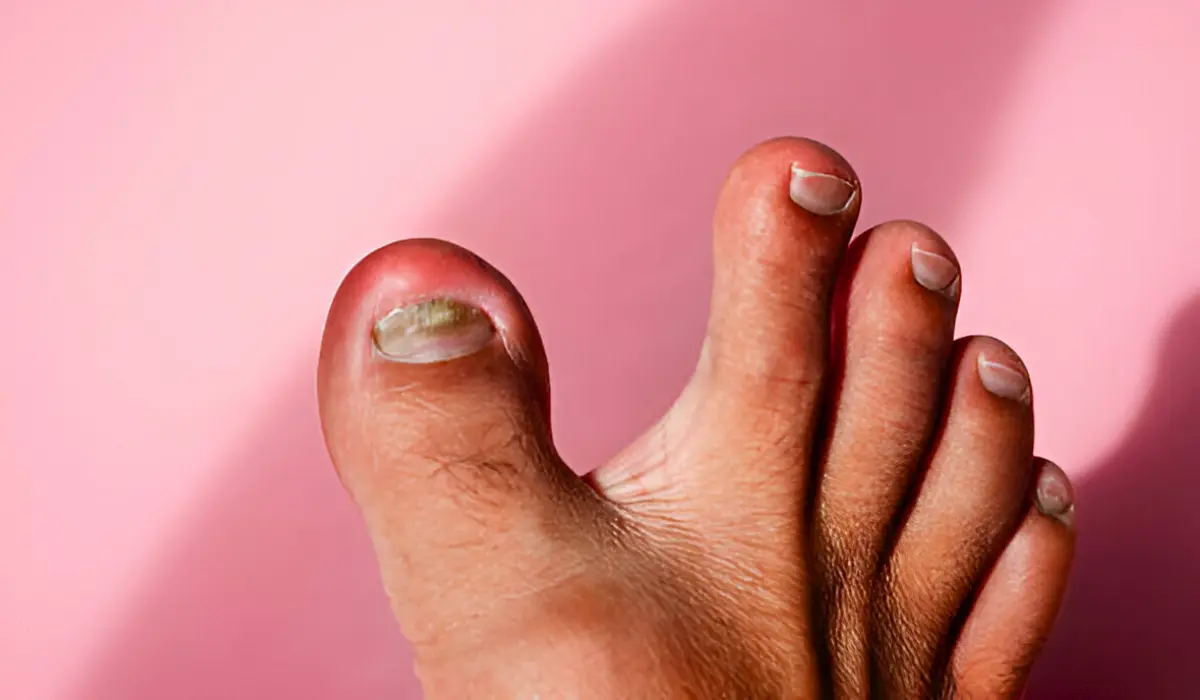Ingrown toenails, a common and often painful condition, affect millions of people worldwide. This condition occurs when the edges of the toenail grow into the surrounding skin, causing discomfort, inflammation, and sometimes even infection.
While ingrown toenails can be a frustrating and persistent problem, the good news is that most cases can be effectively managed through proper self-care techniques. By understanding the causes and symptoms of ingrown toenails and implementing appropriate home remedies, sufferers can find relief and prevent future occurrences.
In this comprehensive guide, we will explore the various aspects of ingrown toenail self-care, including treatment options, prevention strategies, and effective home remedies. Whether you’re currently dealing with an ingrown toenail or simply looking to maintain healthy feet, this article will provide you with the knowledge and tools necessary to tackle this common foot ailment head-on. So, let’s dive in and discover how you can take control of your ingrown toenail and find the relief you deserve.
What Is An Ingrown Toenail?
An ingrown toenail is a condition that occurs when the edge of the toenail grows into the surrounding skin, causing pain, redness, and swelling. This condition most commonly affects the big toe, although it can occur on any toe.

The primary causes of ingrown toenails include improper nail trimming, wearing tight or ill-fitting shoes, and genetic factors that influence the shape of the toenail. Symptoms of an ingrown toenail may include pain and tenderness around the affected area, redness, swelling, and in some cases, the presence of pus or drainage, indicating an infection.
While severe cases of ingrown toenails may require medical intervention, most mild to moderate cases can be effectively managed through proper self-care techniques. By taking a proactive approach to ingrown toenail treatment and prevention, sufferers can alleviate pain, reduce the risk of infection, and promote faster healing.
Additionally, incorporating self-care practices into your daily routine can help prevent future occurrences of ingrown toenails, ensuring the long-term health and comfort of your feet.
How Can I Treat An Ingrown Toenail At Home?
When it comes to treating an ingrown toenail at home, the first step is to ensure proper nail trimming techniques. Always cut the toenail straight across, avoiding rounding the corners or cutting too short.
Soak the affected foot in warm water with Epsom salt for 15-20 minutes, several times a day, to reduce pain and inflammation. After soaking, gently lift the ingrown edge of the nail and place a small piece of cotton or dental floss under it to encourage proper growth. Keep the area clean and dry, and apply an antibiotic ointment to prevent infection.
How To Get Rid Of An Ingrown Toenail Overnight?
For those seeking quick relief from ingrown toenail pain, there are several steps you can take before bed. Apply a few drops of essential oils, such as tea tree or lavender oil, to the affected area to reduce inflammation and promote healing.
Alternatively, apply an over-the-counter antibiotic ointment to help prevent infection. Elevate the affected foot while sleeping, using a pillow to keep it raised above the level of your heart. This will help reduce swelling and promote circulation, allowing for faster healing.
Can I Prevent Ingrown Toenails From Coming Back?
Preventing ingrown toenails is key to maintaining healthy, pain-free feet. One of the most important steps in prevention is wearing proper footwear. Avoid tight or pointed shoes that put pressure on the toes, and opt for shoes with a wide, comfortable toe box.
Ensure that your socks are not too tight and allow your toes to move freely. Keep your feet clean and dry, as moisture can contribute to the development of ingrown toenails and increase the risk of infection. Regularly inspect your feet and address any signs of an ingrown toenail early on to prevent the condition from worsening.
Home Remedies For Ingrown Toenail
In addition to the above treatment and prevention strategies, there are several home remedies that can provide relief from ingrown toenail pain and promote healing. Soaking the affected foot in a mixture of warm water and apple cider vinegar can help reduce inflammation and alleviate discomfort.
The antibacterial properties of tea tree oil make it an effective natural remedy for ingrown toenails, as it can help prevent infection and promote healing. Soaking the foot in a solution of warm water and hydrogen peroxide can also help reduce inflammation and soften the skin around the ingrown toenail, making it easier to treat.
Conclusion:
In conclusion, ingrown toenail self-care is a crucial aspect of maintaining healthy, comfortable feet. By understanding the causes and symptoms of ingrown toenails, as well as implementing effective treatment, prevention, and home remedies, sufferers can find relief and reduce the risk of future occurrences.
Remember to practice proper nail trimming techniques, wear appropriate footwear, and keep your feet clean and dry. If home remedies and self-care techniques do not provide relief, or if you suspect an infection, it is important to seek medical attention for professional ingrown toenail removal or treatment. By taking a proactive approach to ingrown toenail self-care, you can ensure the long-term health and comfort of your feet.



